We have been using Beelink mini PCs for some time. We recently got a Beelink SER8, a lower-cost system from the company based on the AMD Ryzen 7 8845HS processor. At around $649, this is going to be all that many of our readers will need, but competition in this segment is fierce. Let us get to the system.
Beelink SER8 Overview
We have a video review of this system comparing it to the ASRock Industrial 4×4 BOX-8840U. You can find that video here:
Our test system came with the AMD Ryzen 8845HS 8-core processor, 32GB of DDR5 memory, and a 1TB NVMe SSD.
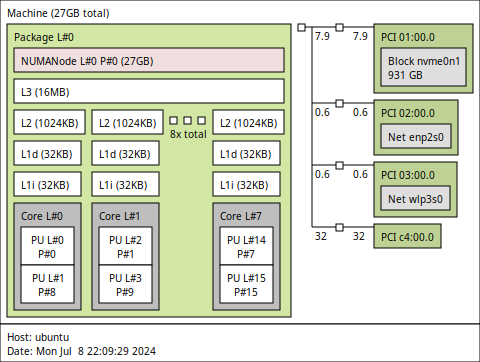
Also included in the $649 price was a Windows 11 Pro installation for those who want to use this as a Windows desktop. Let us get to the hardware.
Beelink SER8 External Hardware Overview
The Beelink SER8 comes in a primarily metallic case that features a power button, a recessed clear CMOS button, an audio jack, and two USB ports. Both front USB ports, the Type-C and Type-A are USB 3.2 Gen2 ports.
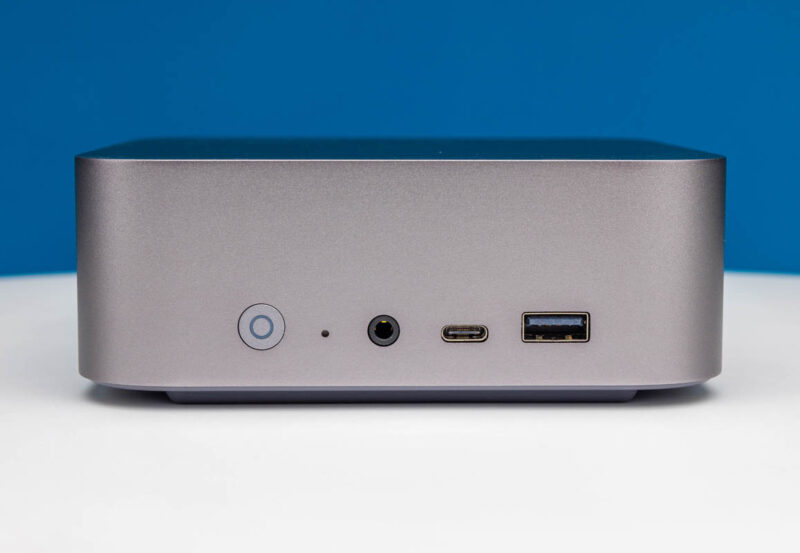
Something that we wish Beelink did was to actually label its ports well as one might mistake the recessed clear CMOS button for a reset button found on some other devices.
On the rear, we get a plastic faceplate with several important features. First, the entire top of the faceplate is a vent for cooling. Beelink increased the size of this chassis to make cooling a bit better and quieter.
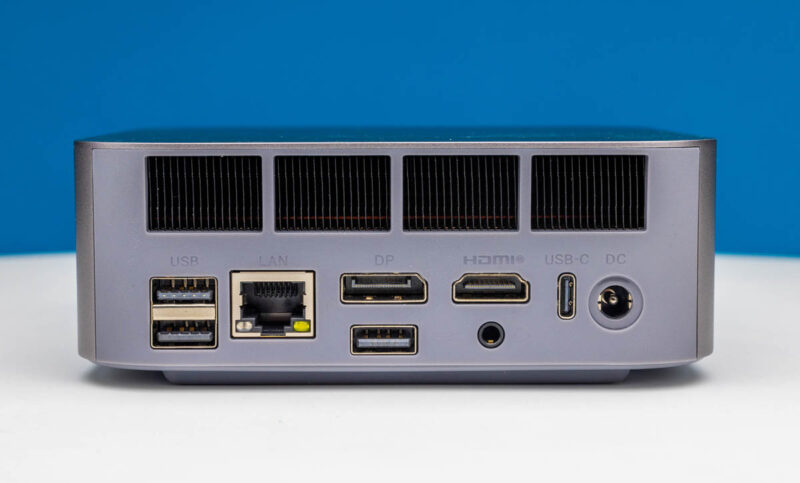
Other ports on the rear include four USB ports. The Type-C port is a USB4 port. The top USB Type-A port is a USB 3.2 Gen2 port at 10Gbps while the two bottom Type-A ports are only USB 2.0. When we say this system needs better labeling, that is a great example of why.
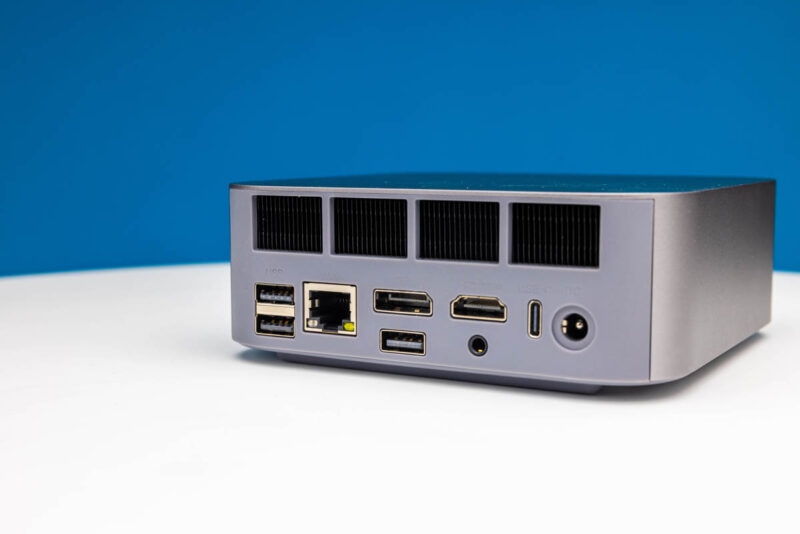
In addition, we have another audio jack, a DC input, a DisplayPort, an HDMI port, and a 2.5GbE LAN port.
On the top, one of the labels we get is the Beelink label.
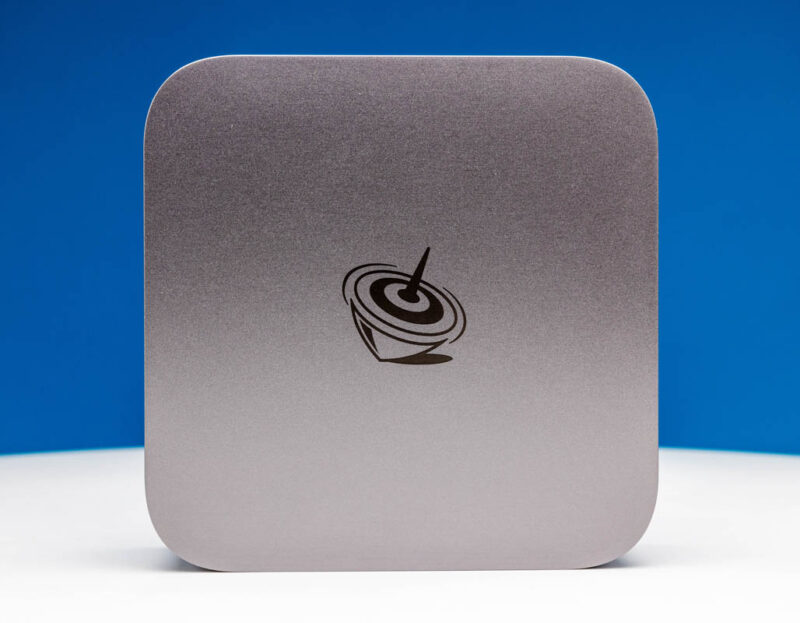
The bottom is plastic, with large rubber feet and a lot of venting. Four screws allow us to access the internals of the system.
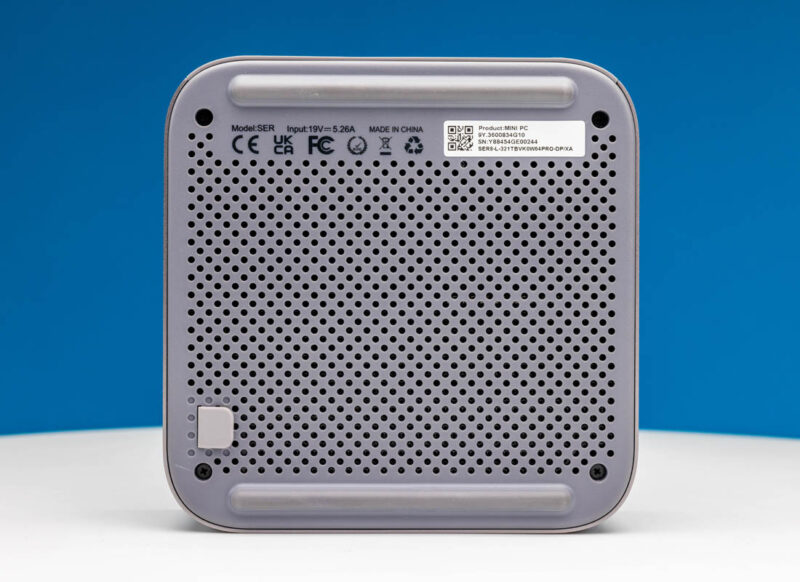
Once we pull that cover off, however, we have another two screws that keep in the dust filter.
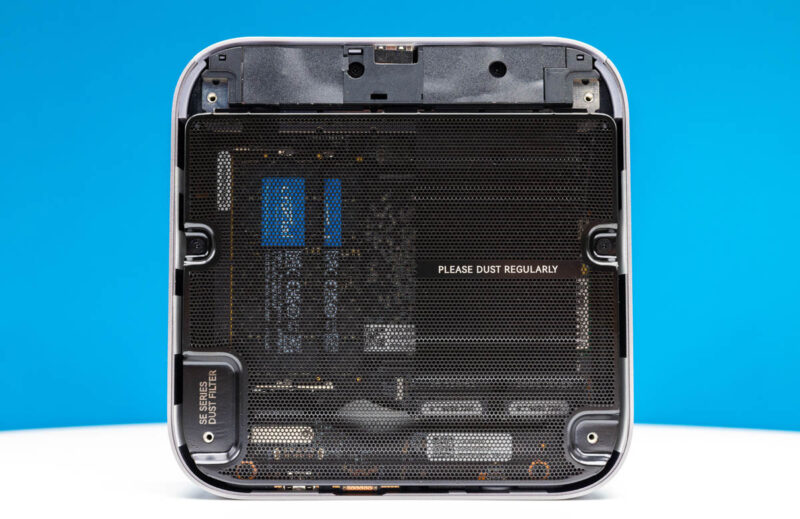
To service this dust filter requires removing six screws which is silly. This is a good idea but a poor execution.
Once that filter is off, we can see inside, so let us get to that next.

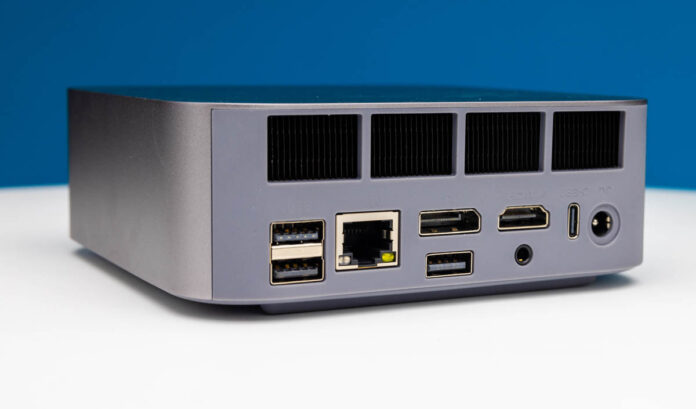
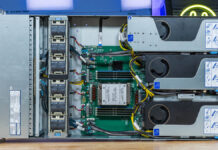
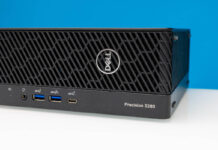
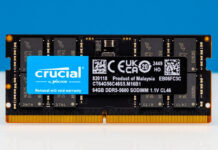
Hey
The topology diagram is not for this unit as it shows two NICs. Can you please fix that.
wlp3s0 on that diagram is the WLAN interface. enp2s0 is the wired Ethernet connection. Surely that’s self explanatory…
It doesn’t look like Beelink is on the cutting edge of airflow design( “please dust regularly” is six screws in?); but it’s nice to see a vendor in this size class at least willing to recognize that an extra vertical centimeter or so is vastly better than having to listen to a tiny fan screaming under the smallest heatsink and slimmest vents you can technically get away with; one wishes that more would do so. I assume that Intel was trying to make a bold statement in a world of mostly-empty minitowers back when ‘NUC’ first became a thing; but too-tight adherence to a mostly arbitrary size target has left a lot of subsequent systems unnecessarily noisy and with really cramped port layouts; so it’s nice to see someone willing to target what is sensible for their requirements.
As for USB; I’d be a little curious what throwing a USB 3.2 hub in something like this would cost. It looks like, when you go with laptop chips, you really do get that few ports to work with; but if you aren’t on a laptop power budget throwing in a hub just to eliminate the irritation of plugging a flash drive into the wrong port and having it be really, really, slow (rather than just “oh, this drive is silently based on a 3.1 controller and just marked ‘USB 3’ or uses cheap flash and doesn’t care” slow-ish but significantly faster than USB 2). Obviously a hub isn’t going to cut it if you’ve got a 4k framegrabber on every port or something; but that’s a fairly niche use case, likely more of a thunderbolt or USB 4 one, while having zero surprise USB 2 ports; even if some of the USB 3 type A ports are oversubscribed, seems like it could be worthwhile if the price is right.
As long as the unit is under warranty, I would probably use a good permanent Marker and (if I can find it again), my ruler with lettering template to label the USB ports. That is, if the back of the case there is indeed metal (so I can remove the labels with some acetone or similar).
But yes, it’s a bit annoying that one would have to resort to such tactics, which is more what I’d expect to do for a Raspi-like build.
The other question is, of course, if I should just wait for the first Strix mini-PCs to come out. That 790M iGPU seems to be significantly better than
the 780M in these Phoenix/Hawk APUs.
I got a Topton Ryzen 7730 for £230 (and now it’s cheaper at £190). Add 64GB of Crucial RAM and a 2TB WDC TLC SSD, it’s still cheaper than this for pretty much the same grunt.
How did you achieve these power consumption values? Which operating system, BIOS and driver versions did you use?
I also recently got a Ser8 and it consumes a lot more power under Windows.
I have the latest BIOS (V029 from 10/23/2024). In each case the OS is freshly installed, with the latest drivers (and the drivers from Beelink as a test), no other devices connected, no programs open, idle in the desktop, I measure the following power consumption via a Wifi socket (so not calibrated, but it’s enough to estimate the value)
Windows 10 1809 LTSC:
– Power consumption: 30 – 40 watts
Windows 11 24H2:
– Power consumption: 18 – 21 watts
Ubuntu 24.04 LTS
– Power consumption: 8 – 9 watts
Under Windows I noticed an abnormally high CPU utilisation due to the process ‘system’ and frequent system interrupts. ‘system’ can be resolved to ntoskrnl.exe in the properties.
Windows 10 1809 LTSC: – CPU load: never below 5%
Windows 11 24H2: – CPU load: never less than 2%
I think the CPU load is the reason for the alarmingly high power consumption in idle mode. The reason is probably poor BIOS customisation and/or a driver problem.